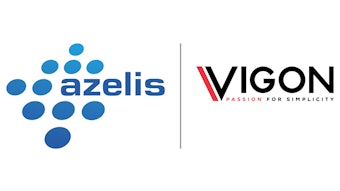
Emerald Kalama Chemical has completed registration for Kalaguard SB sodium benzoate, as a new active ingredient under United States EPA Fungicide Federal Insecticide, Fungicide and Rodenticide Act, making it available for use in North America for in-container control of bacteria, yeasts and molds in industrial and household products.
Related: Emerald Kalama Appoints Prinova F&F Ingredients Distributor SEA
Kalaguard is a broad spectrum preservative for home care products up to pH 7. The EPA registration also covers a range of industrial applications, such as floor and leather care, coatings, adhesives, silicones, surfactants, inks and other non-ionic emulsions systems.
Kalaguard is non-sensitizing and non-irritating to the skin, nature identical and readily biodegradable. It is listed on the EPA Safer Choice Chemical Ingredients List as “verified to be of low concern” as well as classified as a low-risk substance by the European Union.
It is recommended for use in formulations at neutral and acidic pH and may be used at ambient and elevated process temperatures.
Emerald will present new data about Kalaguard at SEPAWA 2020. Paul Wanrooij, global business development director, will present “Home Care Surfactants to Increase pKa and Enhance Antimicrobial Efficacy of Kalaguard SB” virtually on October 28, 2020 at 6:30 a.m. ET.
Rosanna Stokes, business development manager for Emerald’s Consumer Specialties business in the Americas said, “The range of available preservatives has decreased significantly due to regulatory pressure, evolving consumer preferences and supply disruptions. At the same time, there is growing demand for eco-friendly, skin-friendly products that are still adequately protected from microbial contamination. This is especially true during a pandemic, when it’s critical to make sure products remain stable and effective throughout their life, while also minimizing adverse reaction potential due to increased use of cleaning products.”









